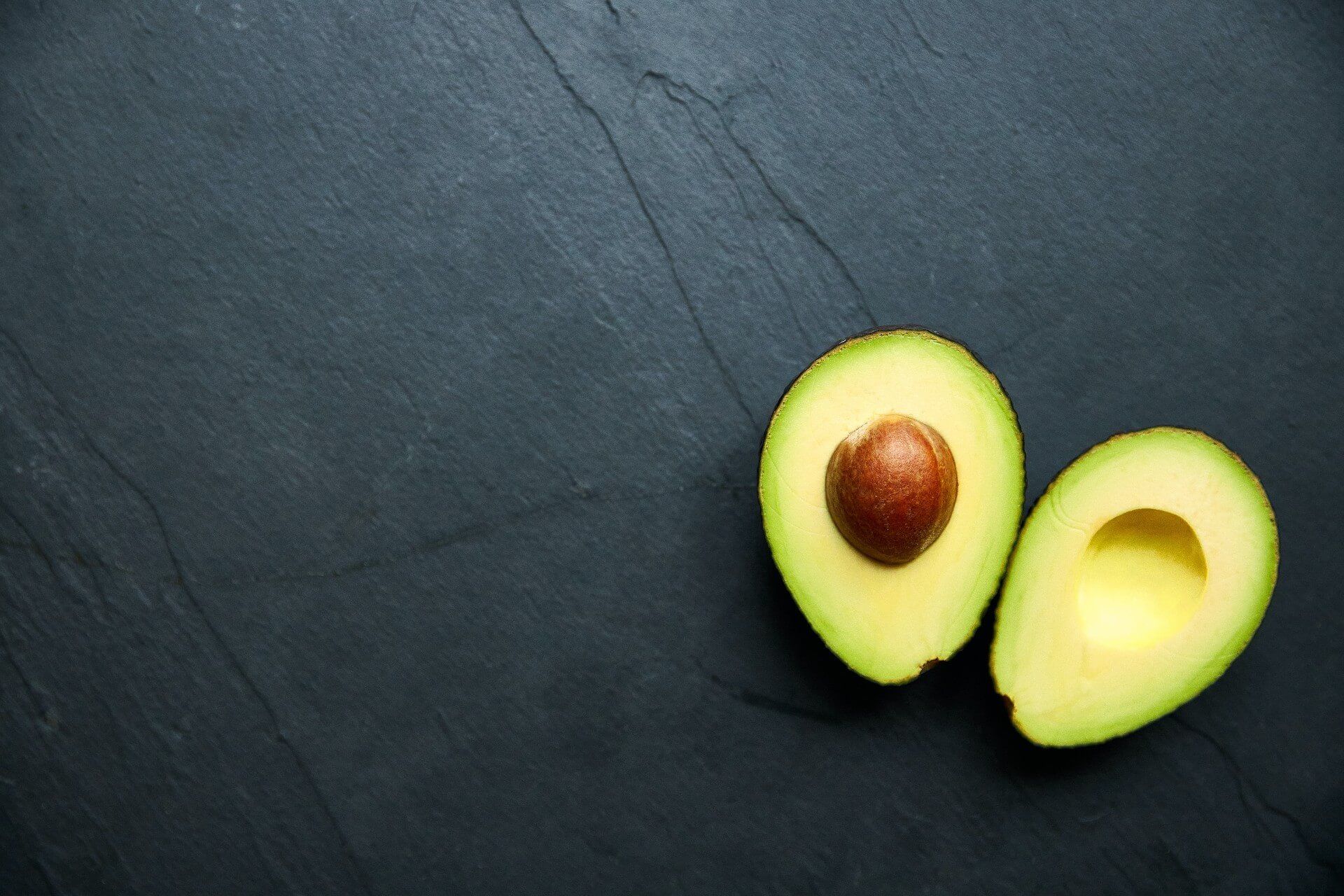What does positioning mean in marketing?
A positioning strategy is a set of actions and processes that are designed to improve the image and visibility of a brand, company, or product.
Product managers should plan for how people in the market will think about their product, as truly the only product positioning that counts is what your customers think as the product has a life of its own. If a customer isn’t thinking about it, your product doesn’t occupy that position.
Successful positioning strategies not only focus on where the product is today but how the product could potentially progress to where you would ideally like it to be in the near future.
Businesses use marketing to communicate their market position to customers and influence their perception of the brand’s products or services. Marketing establishes the brand identity, influencing consumer perceptions of its position in the market relative to the alternatives available from competitors.
“Positioning is not what you do to a product. Positioning is what you do to the mind of the prospect. That is, you position the product in the mind of the prospect.” - Ries & Trout, 2001
Positioning vs messaging
Positioning outlines why your product is unique in comparison to market alternatives. Messaging describes to your target segments what you’ll do to deliver on the promises made in your positioning statement.

Positioning vs value proposition
A value proposition is different from positioning because they’re a promise you make to your customer and describes the benefits your product or service will bring your customer.
Positioning vs differentiation
Positioning refers to acquiring space in the mind of the consumer. On the other hand, differentiation is a tactic commonly used by companies to make their offering stand out and appeal to their target market more effectively.
Positioning vs branding
Branding is when a company creates a specific image of a product via the combination of logos, taglines, slogans, and various advertising strategies.
For example, Nike has the tick, the ‘Just Do It’ slogan, and a range of inspirational advertising campaigns. On the other hand, positioning focuses more on the way that a product is viewed by the consumer in comparison to other brands.
What are the types of positioning?
You can position your product by:
- Customer needs: Knowing your target market and how you will fulfill their specific needs.
- Product price: Positioning your brand/product as competitively priced
- Product quality: Positioning your brand/product as high quality:
- Product use and application: Associating your brand/product with a specific use
- Competitors: Positioning your brand as better than your competitors

What is the meaning of market positioning?
Market positioning is a strategic exercise we use to establish the image of a brand or product in a consumer’s mind.
This is achieved through the four Ps: promotion, price, place, and product. The more detailed your positioning strategy is at defining the Ps, the more effective the strategy will be.
What is the importance of market positioning?
Positioning can make or break a product, do it right and you’ll have a receptive audience, confident they’ve made the right decision despite a slew of other options. Do it wrong and you’ll be lucky if your product registers with consumers at all.
Market positioning is integral to your company’s branding and how your target market perceives you.
It should embody your core values and communicate your principles to customers. Forming a successful product positioning strategy is one of the most fundamental elements of marketing because it allows your business the opportunity to differentiate itself from its competitors.
Well-executed product positioning also helps internal teams such as sales, marketing, and customer success in delivering exciting customer experiences, oftentimes leading to an upturn in customer retention and stronger advocacy programs.

How market positioning helps you connect with customers
The objective of market positioning is to get customers to view your product and brand as the leader in your respective market.
When market positioning is well executed and completed correctly, this opens up the opportunity for you to connect with your customers. People are interested in purchasing products that resonate with them.
If consumers think your product is capable of delivering the benefits they’re looking for, then the likelihood is they’ll buy your product ahead of others that are available.
Examples of market positioning
- A ladies' shoe company might position its products as a status symbol,
- A fast-food chain that serves sandwiches might position itself as the healthier fast-food option, or
- A car company might position itself as the safest option for a family.
What is a brand positioning strategy?
Brand positioning is when a company positions its brand in the mind of its customers.
What are the 3 levels of brand positioning?
There are three types of positioning strategies: comparative, differentiation, and segmentation.
Comparative positioning
Comparative positioning is when a company compares its product or service with alternatives that are available to its target demographic.
This helps establish their USPs and highlights their value when compared with other companies on the market.
Differentiation positioning
Differentiation positioning is when a company focuses on features that can’t be copied by a market rival, i.e. they use the feature to ‘differentiate’ themselves from competitors.
This approach is useful because it allows companies to earmark a particular feature they’re able to offer, that others cannot.
Segmentation positioning
If a company is targeting more than one target audience, segmentation positioning is beneficial, as it helps address the specific needs of each group.

What is the importance of brand positioning?
Brand positioning plays an important role in helping you stand out from other companies offering similar products.
Brand positioning examples
- Pepsi vs Coca-Cola
- Starbucks vs. Caribou Coffee
- Netflix vs Apple TV
- Zoom vs Microsoft Teams
What is product positioning?
Product positioning is a strategic exercise we use to find a product or service’s place in the market. Positioning defines what makes your product different from the others on the market so you can focus on messaging and effectively explain its value to potential customers.
What are the 4 main components of a product positioning statement?
A positioning statement can be split into four segments: the target, the category, the differentiator, and the payoff.
- The target - It’s important to establish the target before you begin working on your marketing activity. The target market ought to be based on essential criteria including demographics, geography, psychographics, pains, customer needs, and so on.
2. Category - When prospective customers are evaluating a purchase, they need a frame of reference. You need to outline the category in which your brand will be competing. For example, technology, fashion, etc. Proving context for your customer will help establish brand relevance. gives the brand relevance to the customer.
3. Differentiation - When writing a positioning statement, include a solitary point of differentiation; it’s regarded that multiple benefits or features shouldn’t be included as differentiators for your product. This is because the unique features or benefits of your product/service will support the main differentiator.
Remember, don’t use a bold claim that your product is the "the global leader" as your point of differentiation. Instead, explain in detail why you’re the global leader.
Also, ensure you differentiate your product from your customer’s perspective and not a business angle. While having a healthy market share or a large turnover may appeal to you, this isn’t relevant to your customer.
4. The payoff - This part of your positioning statement is the differentiation with the needs or goals of the target market.
Here, it’s essential to communicate to your target personas exactly how your differentiator will address their user needs.
To reinforce our earlier point, a successful positioning statement hinges on an in-depth understanding of your target market. Any understanding needs to be based on bona fide market research - never rely on internal assumptions.

Positioning vs narrative design
Product positioning contextualizes a product’s value for customers so they can understand what it brings to the table. Narrative design is when companies create a story for a product in an attempt to engage a buyer persona.
Marcus Andrews explores the differences between the two in an article in which he suggests why narrative design will replace brand positioning.
What are some examples of product positioning?
Now we’ve covered product positioning in some detail, let’s take a look at it in action. Below are a few examples of businesses that have successfully positioned themselves into a gap in the very same market as their competitors.
Delta & JetBlue
When Delta stopped serving peanuts and reduced their legroom, JetBlue entered the market and positioned itself front and center as the airline with gourmet snacks and ample legroom.
Chipotle & Taco Bell
Although both of these brands essentially sell Mexican fast food, Chipotle entered the same market, competing with quality instead of price. One of the company’s adverts stated, “We’re not afraid to say we’re real chickens.” A tagline that positioned the brand as superior in quality to its rival, Taco Bell.
Bumble & Tinder
Bumble was positioned as a dating app that empowers women. After the founder had a negative experience with some of the men on Tinder, she designed the app so that only female users could initiate first contact. Bumble has now also expanded beyond dating and allows users to seek friendship or professional connections.
The Coca-Cola Company & Mother Energy Drinks
This is a slightly different example in that Coca-Cola was essentially fighting against its own positioning of a product in the market, but it’s a great lesson in repositioning.
In 2006 Coca-Cola launched the Mother Energy drink into the Australian market.
The launch campaign was pretty successful, however, the taste of Mother Energy Drink just wasn’t as good as the leading competitors, and repeat purchases were low.
Due to its already high brand awareness and no doubt how much they threw at marketing the brand, Coca-Cola decided to reposition the product. They completely changed the packaging, increased the size of the can, and improved the taste of the energy drink.
The relaunch of the product featured the line – “New Mother, tastes nothing like the old one.” They didn’t shy away from the fact the drink was performing poorly and even poked a bit of fun at themselves in the process.
Ultimately, they successfully repositioned an energy drink that now competes with the two leading energy drinks in the market – V and Red Bull.
How to develop a positioning strategy
Creating a positioning statement
A positioning statement is a one or two-sentence declaration that identifies your product’s unique value to customers in relation to your main competitors.
They’re used to ensure a company’s marketing efforts are in sync with the brand and value proposition and are avenues for communicating these messages to the target clientele.

Before crafting your positioning statement you need to ask:
- Who is your target customer?
- What category does your product or service belong in?
- What’s the biggest, unique benefit your product or service offers?
- Can you prove that benefit?
From there, you can create a compelling positioning statement.
Positioning statement examples
Apple
Apple provides cutting-edge technology for tech-savvy consumers who want the top of line laptops, computers, and mobile devices. Apple promotes inclusion and accessibility for all and takes responsibility for its employees in addition to committing itself to sourcing the highest quality materials and products.
Disney
Disney provides unique entertainment for consumers seeking magical experiences and memories. Disney leads the competition by providing every aspect of related products and services to the world and appealing to people of all ages.
Starbucks
Starbucks offers the best coffee and espresso drinks for consumers who want premium ingredients and perfection every time. Starbucks not only values every interaction, making each one unique, but the brand commits itself to the highest quality coffee in the world.
Amazon
For consumers who want to purchase a wide range of products online with quick delivery, Amazon provides a one-stop online shopping site. Amazon sets itself apart from other online retailers with its customer obsession, passion for innovation, and commitment to operational excellence.
Nike
For athletes in need of high-quality, fashionable athletic wear, Nike provides customers with top-performing sports apparel and shoes made of the highest quality materials. Its products are the most advanced in the athletic apparel industry because of Nike's commitment to innovation and investment in the latest technologies.

Lara McGaskill, Senior Manager of Product Marketing at LinkedIn, revealed how she developed positioning statements, during her time at StichFix:
“Positioning is the simplest distillation of how your product is uniquely suited to address a specific customer need and how they will benefit from it. The goal is to keep it simple and concise and then bolster it with value props.
“I’ve tried in vain to stuff my key value props into a positioning statement and it’s never worked. I end up with a mouthful of marketing jargon that isn’t concise or clearly conveys the essence of why customers should care about the product.
“A framework that I like to use is What, Who, and Why:
What it is:
Who it’s for:
Why it matters:
“It’s important to get granular here, as oftentimes the initial benefit or value prop is surface level. For example, when developing value props at Stitch Fix, we knew that the service saves people time and is convenient.
“But so many products promise the allure of time savings, so we sought to think about why a customer actually cares about saving time.
“For Stitch Fix customers, this was so they can spend their time doing something else, likely more enjoyable than the problem your product is solving for. Identify what that thing is.
Value props: What are the unique attributes that your product has and what is it solving for your customer?
What core desires does your product tap into?
Emotion
Logic
Motivation
Reward
“Once you’ve developed the positioning, from the what and why it’s great to have options. There’s never a clear-cut single positioning statement and set of value props for each product. Creating options that index in various directions can help align stakeholders on the direction you want to go.
“As a product marketer, you are usually the closest person to the positioning and the work that it informs. Your stakeholders are looking to your expertise to develop this, and it’s key to enforce that positioning is not customer-facing messaging.
“I intentionally write positioning in the third person and with plain language to avoid any misinterpretation - I don’t want to see my positioning verbatim in marketing collateral.
“To help contextualize this for stakeholders, I like to include real-world examples of how each option would manifest in a marketing campaign. I’ll mock up sample email copy or paid ads to help stakeholders visualize how each of the options comes to life in your marketing strategy.”
It’s not enough to just position your brand to appeal to a certain customer, once you’ve crafted your statement, it’s time to put it to the test. Experiment with it, and ask your customers for feedback on whether or not it achieves its intended goal - and don't ever stop this feedback cycle.
Want to learn more about developer marketing (and marketing in general), network with your peers, make new connections, and so much more?
Then our Slack community is for you!






